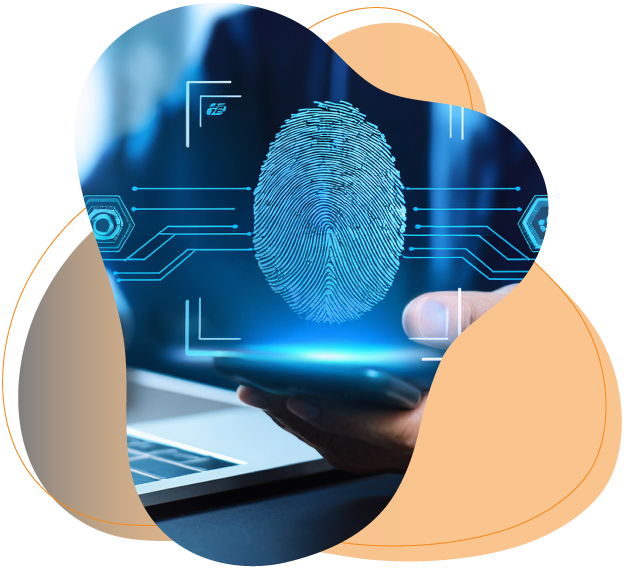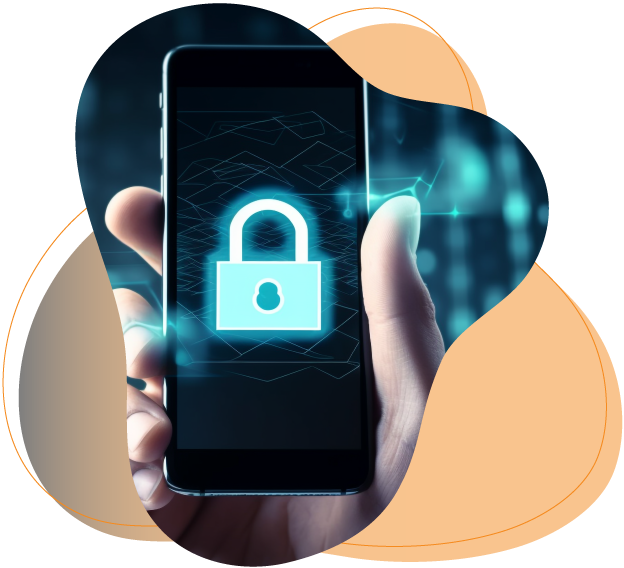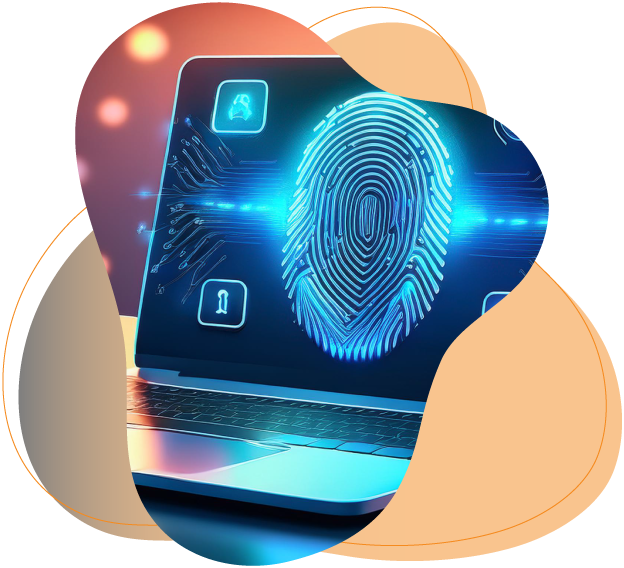
In an era where cyber threats are increasingly sophisticated, relying solely on passwords to protect sensitive information is no longer sufficient. Multifactor Authentication (MFA) provides an additional layer of security, ensuring that only authorized individuals gain access to your systems and data. By implementing MFA, businesses can significantly reduce the risk of unauthorized access and enhance their overall security posture.
Multifactor Authentication (MFA) is a security process that requires users to verify their identity using two or more authentication methods before gaining access to a system or application. These methods typically fall into three categories:

The most common form of MFA, requiring two forms of identification.
Adjusts the level of authentication required based on the risk level of the login attempt.
Uses unique physical characteristics for verification, providing a high level of security.
Sends a verification prompt to a mobile device, simplifying the authentication process.
Generates a temporary code that expires after a short period, adding an extra layer of security.
MFA adds an extra layer of protection, making it significantly harder for unauthorized users to access your systems.
By requiring multiple forms of verification, MFA reduces the likelihood of successful phishing attacks and credential theft.
Helps meet industry regulations and standards that mandate the use of strong authentication methods.
Demonstrates a commitment to security, fostering trust among customers, partners, and employees.
Supports a variety of authentication methods, allowing users to choose the most convenient and secure option.
With cyber attacks on the rise, businesses must take proactive measures to protect their sensitive data and systems. Passwords alone are not enough, as they can be easily compromised. Multifactor Authentication provides a robust solution to this problem by requiring additional verification steps. Implementing MFA can help your business:

